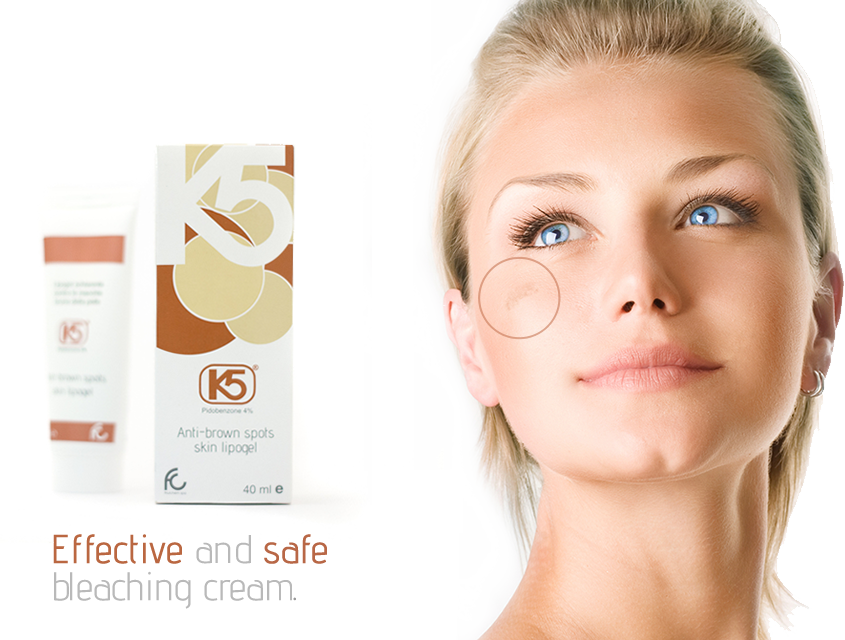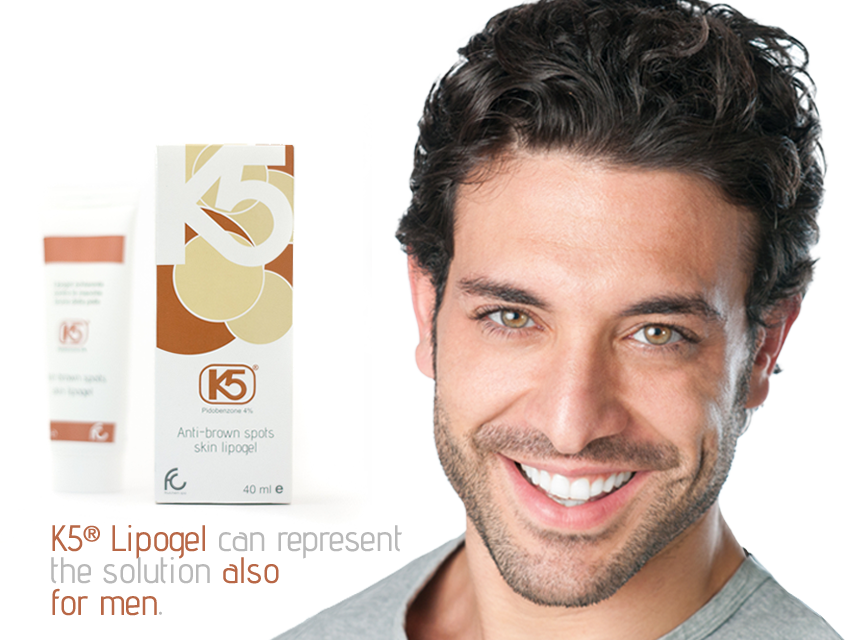SOLAR LAMPS: GOOD OR BAD?
Solar lamps are increasingly being used by the population. In fact, they allow to get a tan that would be available only in days of sun exposure, in no time. For aesthetic reasons, we live in an era in which tan is very fashionable and this has allowed a large and rapid expanding market of sol... read more


